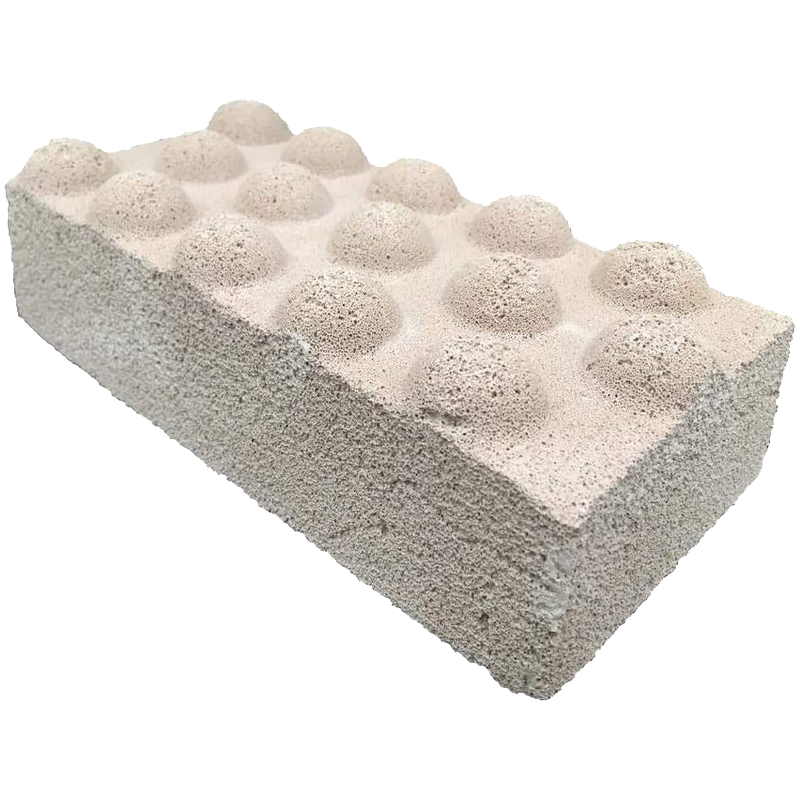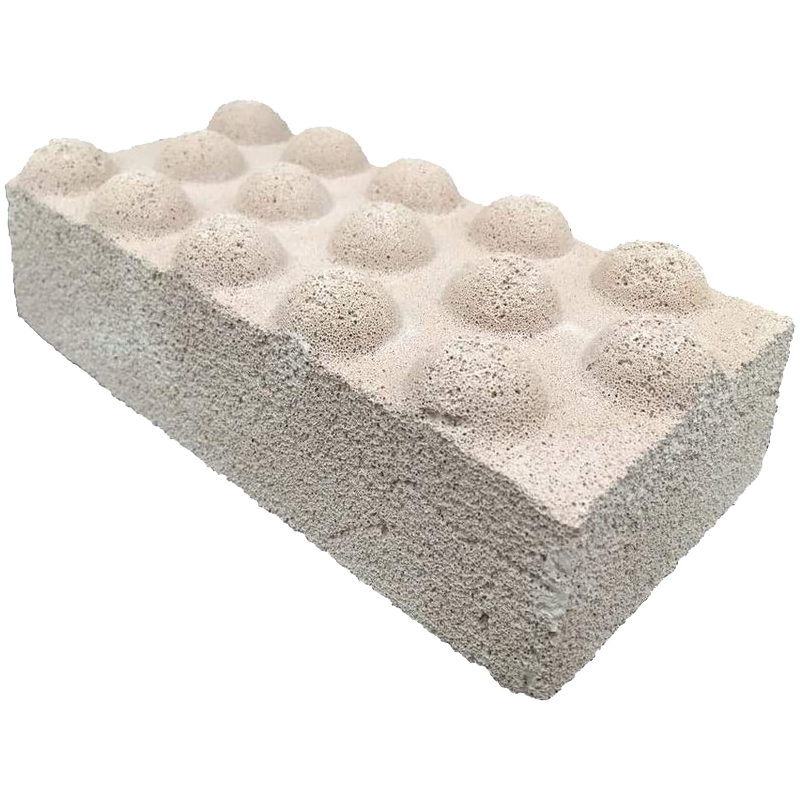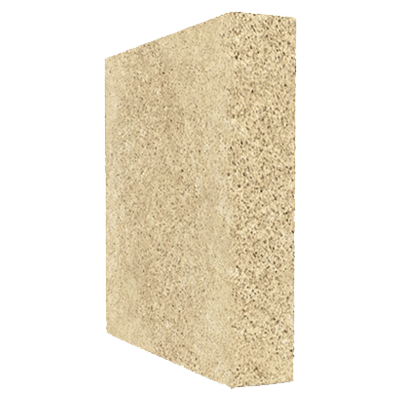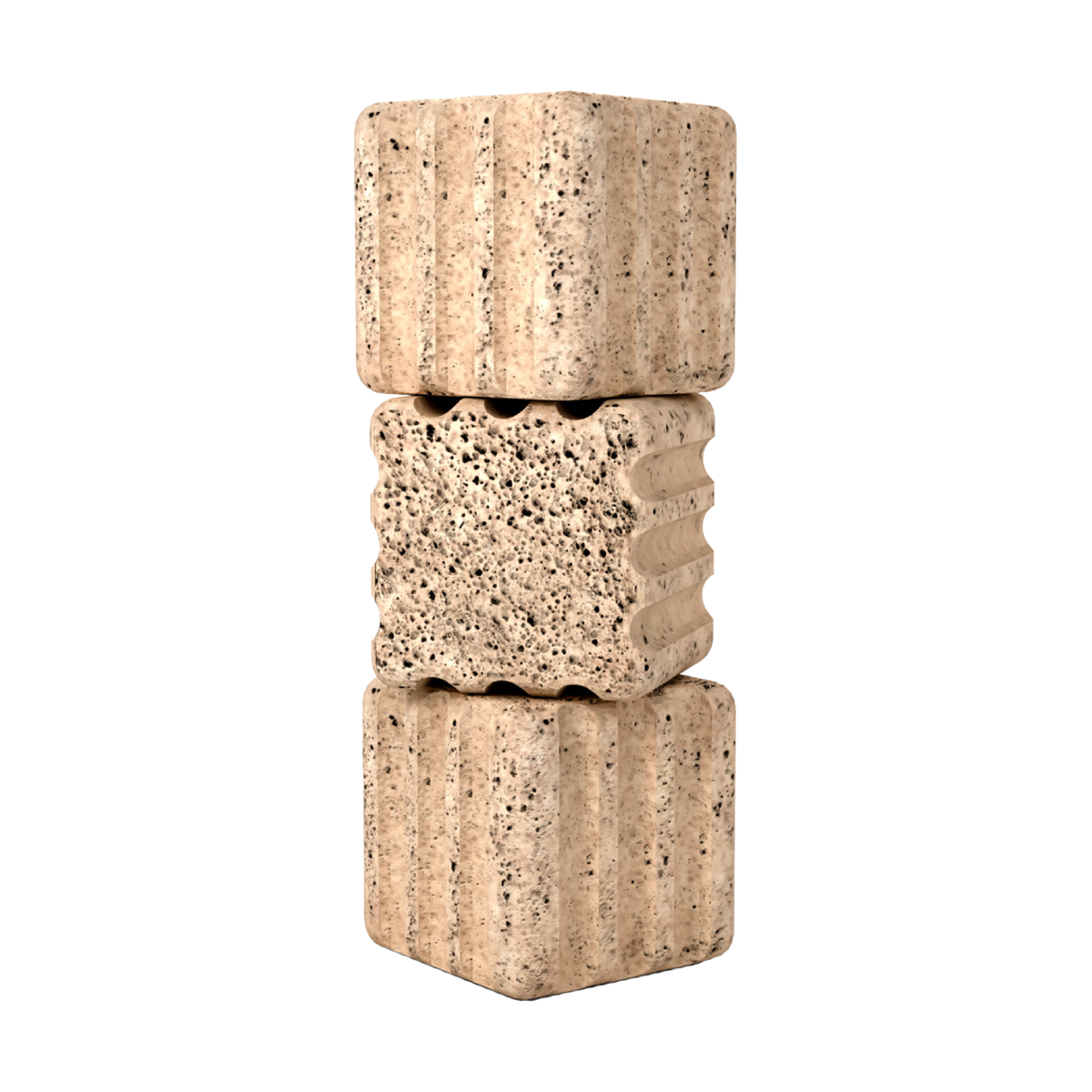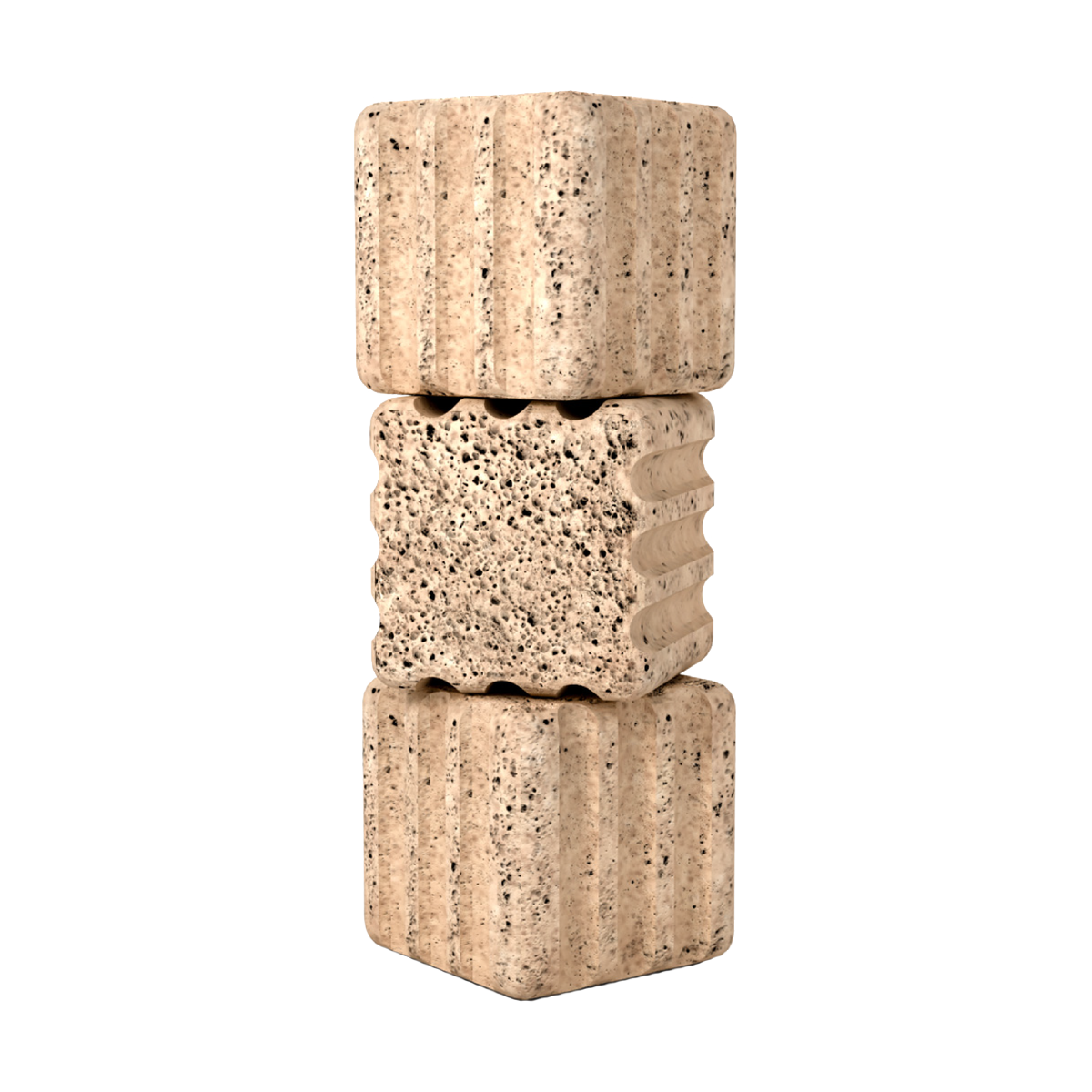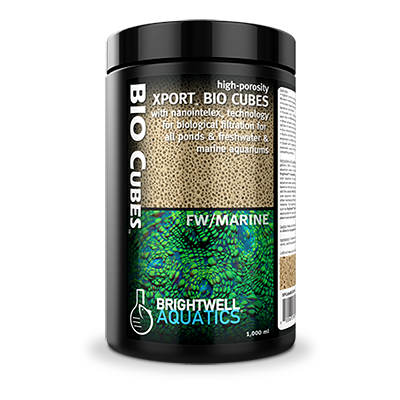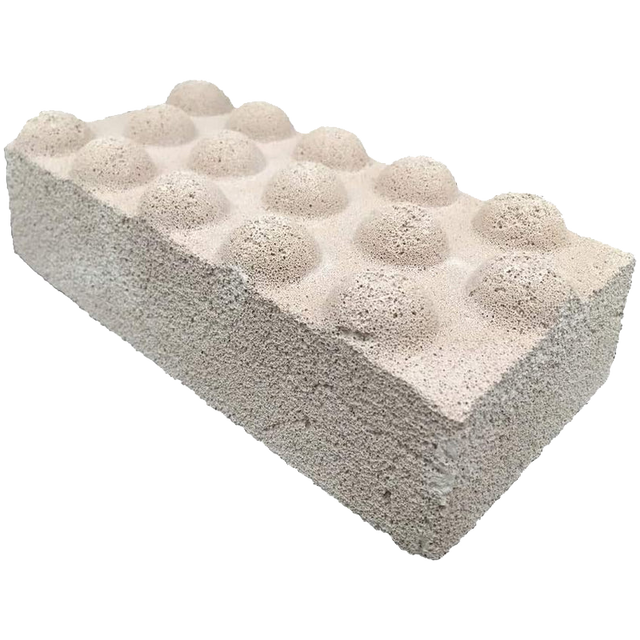Xport - BIO
Xport - BIO - Dimpled Brick / 9" x 4.50" x 2-1/2" is backordered and will ship as soon as it is back in stock.
Couldn't load pickup availability
Xport - BIO Biological Filtration
Xport-Bio is great for tanks that have minimal aquascape or are heavily stocked. The biomedia plates can be put just about anywhere within the system to allow more surface area for biological filtration, resulting in faster conversion of ammonia and nitrite into nitrate. Bacteria will colonize on surfaces within the aquarium, and by adding more surface area will give the bacteria more space to flourish.
Brightwell utilizes NanoIntelex technology creating a highly superior biomedia that has vast amounts of surface area that will allow beneficial nitrifying bacteria to colonize. Xport-Bio works with all types of saltwater aquariums and can be employed in just about anywhere the plate fill fit.
Xport-Bio is a superior biomedia that utilizes NanoIntelex Technology allowing Brightwell to create one of the best, most adaptable biomedia on the market today. Made specifically to allow beneficial nitrifying bacteria to colonize within the vast amounts of surface area within the cubes internal pore structure.
- Utilizes NanoIntelex Technology to create an enhanced material with vast surface area for colonization by beneficial nitrifying bacteria, resulting in the rapid and efficient conversion of ammonia into nitrite and nitrate.
- The highest colonizable surface area to volume ratio of synthetic biological filtration media available.
- Higher efficiency relative to conventional media results in smaller space requirements to achieve equivalent nitrification.
- May be employed to rapidly decrease ammonia and nitrite concentrations in even the most heavily-stocked aquatic systems.
- It may be used in conjunction with Xport-NO3 and Xport-PO4
Instructions
Read all instructions before use. The use of a mechanical pre-filter to remove particulate organic material from water prior to its interaction with this media will improve efficiency. Rinse Xport-BIO in purified water or low-TDS fresh water, then place media into a clean pail and fill with water from the aquarium into which the media is to be placed. Seed each 150 g of Xport-BIO used with 20-ml of MicroBacter7 (poured into the pail and dispersed by hand), then allow media to remain in this "bath" for 24-hours at room temperature. Remove Xport-BIO from the pail and pour water into the aquarium system, then place Xport-BIO into canister filter, media reactor, or 800µm mesh filter bag; a flow-through rate of 1 - 3x the total aquarium volume per hour is recommended. Do not fluidize. Remove and rinse ~33% of the total Xport-BIO employed in a pail of discarded aquarium water (when performing a water change) once or twice each month, and place media back into use. Apply 1-ml of MicroBacter7 per 20 US-gallons (~76 L) in the system to the aquarium in an area of high water flow to fortify media after rinsing.
Xport-BIO is not a chemical filtration media; it must be seeded with appropriate bacteria to begin nitrification. Simply placing Xport-BIO into an established aquarium will slowly seed the media, however, seeding with MicroBacter7 as directed above will significantly decrease cycling time and therefore faster results. In all systems, begin with a ratio of 150 g Xport-BIO per 300 US-gallons (1,136 L) in the system. Nitrification will typically begin within one day; the rate of nitrification increases with time (generally mature within 2 weeks) and increasing nitrogen content in the system. If plants and/or zooxanthellate invertebrates (e.g. corals, clams, etc.) appear to react negatively to the use of Xport-BIO, it may be an indication that nitrogen is being removed too aggressively; NeoNitro or FlorinGro may be employed to provide nitrogen as nitrate, and feeding with the appropriate foods is necessary for all zooxanthellate invertebrates. Note that the required amount of Xport-BIO may change as the system matures, and as biomass and/or stocking density changes; high-nutrient systems may require a greater ratio of Xport-BIO to water volume, evident as a persistent ammonia presence regardless of how much MicroBacter7 is employed.
Payment & Security
Payment methods
Your payment information is processed securely. We do not store credit card details nor have access to your credit card information.

